Roadblocks to Nuclear: What’s holding the industry back and can we resolve it?
There has probably never been a time of more optimism and uncertainty for the nuclear industry than there is right now.
The ANS Nuclear Cafe is a blog owned and edited by the American Nuclear Society. Information contained on the ANS Nuclear Cafe has been provided by numerous sources. Therefore, the American Nuclear Society assumes no responsibility or liability for the accuracy of information contained herein. DISCLAIMER: The views expressed in posted articles do not necessarily reflect the views of the American Nuclear Society. The views expressed here are those of the individual authors. ANS takes no ownership of their views. The American Nuclear Society assumes no responsibility or liability for any use or operation of any methods, products, instructions, or ideas contained on this site.

A message from Electrical Builders, Ind.
America’s Top Performing Nuclear Plants Rely on Electrical Builders, Industries to Expand and Extend the Life of Their Critical Electrical Assets
There has probably never been a time of more optimism and uncertainty for the nuclear industry than there is right now.
The 347th Edition of the Nuclear Blogger Carnival is featured this week at ANS Nuclear Cafe. This traveling attraction showcases the best of today's nuclear energy and technology writers. Brief abstracts of the posts are found below with links to the full posts at their original sites.
CONTE 2017 was an informative and successful gathering for those with a vested interest in nuclear training and education. The Hyatt Regency Riverfront in Jacksonville, FL was once again the beautiful setting for the event and as always it was well attended with participants from across the country and around the globe.
A number of media sources reported last week, and continue to report this week, that "radiation levels are soaring" at the Fukushima Daiichi nuclear power plant in Japan and that radiation levels have reached levels that unnamed "experts" are finding "unimaginable." All of these claims are demonstrably false.
Reporting this week and last on the financial problems of Toshiba has variously contained the phrases "building reactors," "building nuclear plants," and many others. It seems that the general press is confused (and probably rightly so) when it comes to the terminology used to describe the nuclear power plant construction business. So, here I'll provide a guide to the process and terms used in the industry and describe the various players.
It is time for the ANS Friday Nuclear Matinee. Watch TEPCO, the operator of Fukushima Daiichi nuclear plant, use a camera probe inside the containment vessel of the No. 2 reactor.
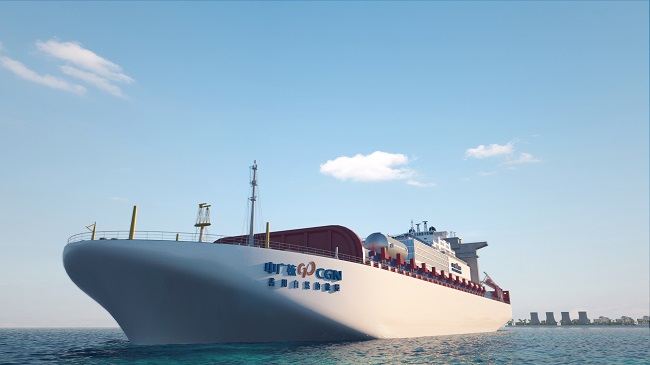
Artist's concept of floating SMR nuclear power plant. Courtesy China General Nuclear
Announcements coming this week from China's big nuclear energy firms hint that the the Chinese government may have launched a focused initiative to broaden the manufacturing base for floating nuclear power plants. On January 23, it was reported that China General Nuclear (CGN) had signed an agreement with China State Shipbuilding Corporation (CSSC) to develop floating nuclear power plants. It was announced on January 25 that CGN had also signed agreements with the other of the two large Chinese shipbuilding firms, China Shipbuilding Industry Corporation (CSIC.) These agreements follow the year-old original agreement between CGN and CSIC that will lead to the construction of a single prototype floating power plant.
The recent announcement by NuScale Power that it had applied for the first ever NRC Design Certification to be considered for a small modular reactor (SMR) has put this class of nuclear reactor again in the fore. Many observers have noted that the NuScale design is "integral," with all significant primary components inside the same vessel. In fact, these two things-integral reactors, and SMRs, are two different things, although either may also be the other. While the application for the NuScale reactor certainly is the first SMR application in the United States, the Integral Pressurized Water Reactor (iPWR) dates back to nearly the start of commercial nuclear energy-and its heritage is at sea.
I have had an interest in the Glenn T. Seaborg Science and Engineering Congressional Fellowship since I first learned about it. For those of you unaware of the Fellowship, it is truly an incredible program that offers an opportunity, to those who qualify, to "become a direct contributor to the federal policymaking process." I knew that I wanted to become a contributor and learn more about our governmental system.
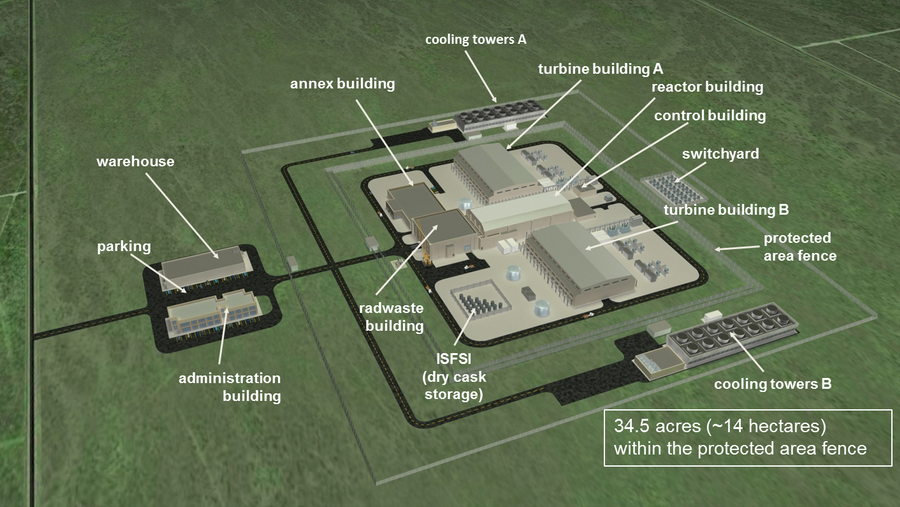
NuScale Power's compact SMR nuclear power plant layout. Illustration courtesy NuScale Power.
Earlier this month, NuScale Power, LLC, announced the submission of the first-ever small modular reactor (SMR) design certification application (DCA) to the Nuclear Regulatory Commission (NRC). As both a NuScale employee and a nuclear advocate, I could not be more excited! I joined NuScale a little over two years ago, and my colleagues and I have been working with almost a single-minded purpose to complete the DCA. Having reached that milestone, we're all very excited and celebrating. But I believe everyone in the industry can share in the excitement of this innovative, first of its kind, submission.
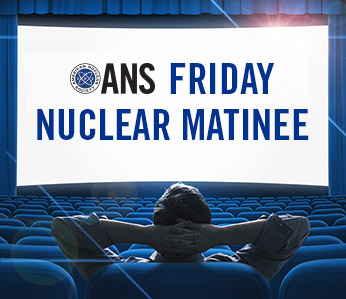
Our latest film at the ANS Friday Nuclear Matinee is an exciting one - the latest Vogtle Timeline update issued by Georgia Power, which was presented on December 9th. This award-winning series details the construction progress quarterly at one of the two US sites where brand new nuclear power plants are being built.
Happy new year, my fellow carbon dioxide-emitter. Of course we do not contribute significantly by any measure to the carbon emissions plaguing our atmosphere. So, what does contribute so heavily to the increasing carbon content in the air? Let's find out.
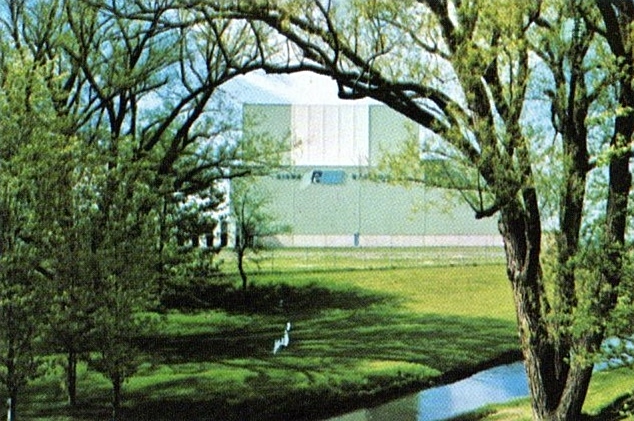
R.E. Ginna Nuclear Plant, built for Rochester Gas & Electric Company in a beautiful natural setting. Photo from brochure in Will Davis library.
By the middle of the 1960's, Robert Emmett Ginna had already spent over a decade taking part in, and in no small part championing, the development of what we would today call advanced reactors. His efforts contributed to the development of breeder and high temperature reactors, yet when it came time for his own utility to construct a nuclear plant, it made a sudden reversal to construct a very conventional pressurized water design.
On February 19, 2015, a Nuclear Regulatory Commission public meeting held in Brattleboro, Vt., descended into chaos. Protesters who were bent on disrupting the proceedings bullied and threatened people who wanted to speak at the meeting. The disrupters' tactics included shouting at speakers, interrupting their remarks, and making verbal threats against those who sought to speak in support of either the NRC's proposed action or the utility that was the subject of the meeting.
Editor's note: In an open letter written by Environmental Progress to President-Elect Donald Trump and Governor Rick Perry, ANS and 38 other nuclear professionals and organizations urged both leaders to take strong action to save and grow America's nuclear energy sector.
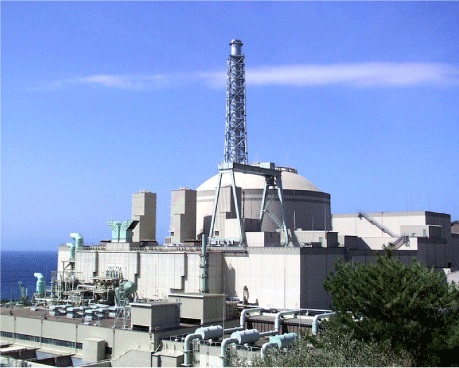
Monju Fast Reactor facility- photo courtesy Japan Atomic Energy Agency
On Monday, December 19, the Japanese government announced that it was finally giving up on the decades-old Monju fast-reactor project. Troubled in recent years with safety problems and allegations that the Japan Atomic Energy Agency (the operator) has been unable to find solutions for the problems. The Monju facility had been widely considered as under threat for some time.
Which came first: the nuclear power plant or the nuclear-powered submarine? It sounds like a chicken-and-the-egg question, but the answer is quite simple: the nuclear-powered submarine.
by Laura Scheele
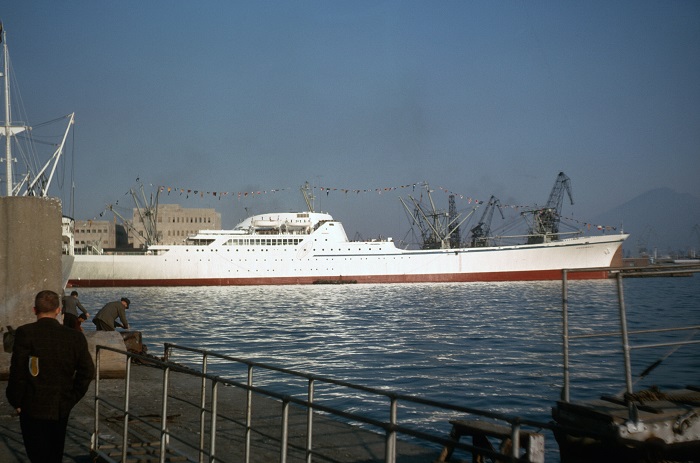
NS SAVANNAH, mid-1960s. Photo taken by crew member Dan Campbell, courtesy NS Savannah Association, Inc.
A statement made this week by the President of Iran has gained some hold on the press, and while it sounds like an interesting and for some potentially threatening development, it more than likely won't happen any time soon.